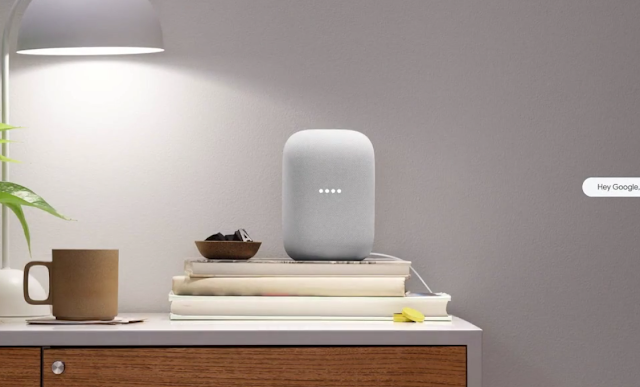Meta is doubling down on its vision for the future of augmented reality with the introduction of its most advanced consumer glasses yet. The company has officially announced the Meta Ray-Ban Display smart glasses, a new device that introduces a crucial feature missing from its predecessors: a built-in, full-color display.
The new glasses, priced at $799, are designed to blend seamlessly into everyday life. The high-resolution display is integrated into the right lens and remains hidden until it’s needed, providing discreet access to notifications, maps, and other visual information.
Complementing the glasses is the Meta Neural Band, an electromyography (EMG) wristband that serves as a revolutionary new input method. The band reads tiny electrical signals from the muscles in a user's wrist, translating subtle finger movements into commands for the glasses without a camera or physical controller.
This allows for a new level of hands-free interaction, enabling users to scroll through menus by sliding a thumb, select items with a simple pinch, and even control media volume by twisting their wrist. This technology, which Meta has been developing for years under the codename Project Aria, is a core part of its vision for the future of human-computer interaction.
Alongside the new display glasses, Meta also unveiled the Oakley Meta Vanguard, a sports-focused smart glass that integrates with fitness platforms like Garmin and Strava. Both the new Ray-Bans and Oakley glasses are powered by Meta AI, allowing users to ask questions, get translations, and perform tasks with simple voice commands, further solidifying the company's commitment to contextual, on-the-go AI.
With the Ray-Ban Display glasses available in the US starting September 30, Meta is making a bold statement in the competitive smart glasses market. The combination of a subtle display and the breakthrough EMG wristband is an important step toward creating a truly intuitive and integrated augmented reality experience for a mainstream audience.





.png)









 Latest Google News, Updates, and Features. Everything You Need to Know About Google
Latest Google News, Updates, and Features. Everything You Need to Know About Google